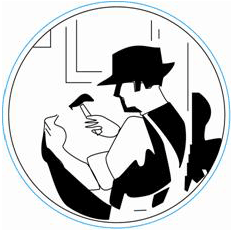Website Designed By
- SERVICES Links -
We'd Love to Hear About your Home and Business Projects!!





Contact us or call to find out how we can help.
JBailey.message@gmail.com
JBailey.message@gmail.com
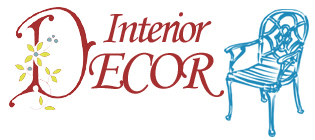


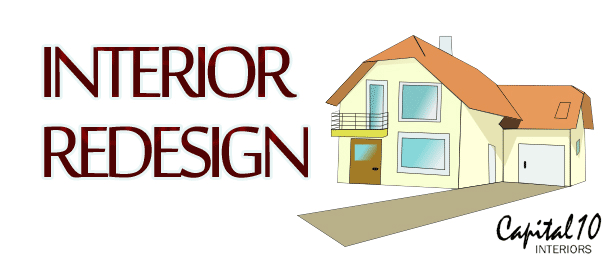


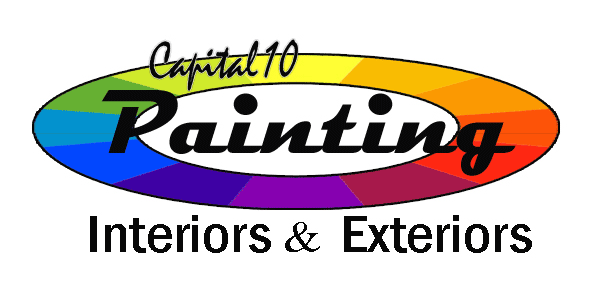

Lighting Styles & Sources
Lighting Styles & Sources
ABOUT KITCHENS
ABOUT US
ABOUT DESIGN


KITCHEN LINKS
When designing your new kitchen, there has always been great emphasis put on choosing your cabinets, countertops and flooring. But one important area that in many cases has a tendency to get overlooked is lighting. Before you put the finishing touches on your new kitchen design, it is imperative that you devote serious time and thought to lighting. Proper or improper lighting can make the dif-ference between the success and failure in your design. So before making decisions con-cerning your lighting selections, you should understand the three types of lighting styles and their functions as well as the different types of lighting sources.
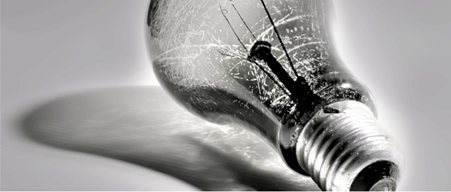
Ambient or general lighting is the basic form of lighting that enables you to see and walk around safely. If there are ample windows, and they are located properly Sunlight can provide ambient lighting naturally during the day. Otherwise ambient lighting can be achieved by using numerous types of fixtures such as chandeliers, ceiling or wall mounted fixtures, recessed cans or track lights.
Task lighting is used to illuminate specific work areas. For example, most food preparation takes place at the countertop. Two of the easiest ways to achieve adequate lighting in this area is by locating fixtures on the ceiling, just in front of the wall cabinets, or with under cabinet lighting. If you choose to light the countertop from the ceil-ing, the fixtures should be placed close enough to the wall so as not to cast a shadow on the work area but still in front of the wall cabi-net. This can be achieved by using recessed or surface mounted
Accent lighting serves a dual purpose. First, it can be used to focus attention on a special object such as artwork or a treasured collectible. This can be achieved by using track or recessed fixtures where you can control the direction of the light. Similarly, glass-ware or china can be displayed inside a cabinet with glass doors. Placed inconspicuously inside the cabinet, low voltage track or rope lighting can help illuminate these items. The other function of accent lighting is to create a relaxed atmosphere. This can be achieved by installing rope lighting along the tops of the upper cabinets and/or along the toe kick of the base cabinets. This helps to create a warm glow in the room.
Production of light sources can vary. Variables affecting production include color rendition, energy consump-tion and the size and shape of the lamp. The lamp, or bulb, is the basic item that fits into the fixture. To determine the correct choice of lamp to use, it is best to understand both your lighting source options and the type of fixture that will be used. The manufacturers’ guides are the best source for information regarding fixtures. Following are several types of lighting sources used in residential fixtures:
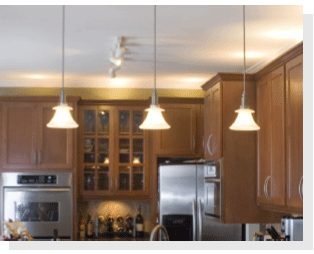
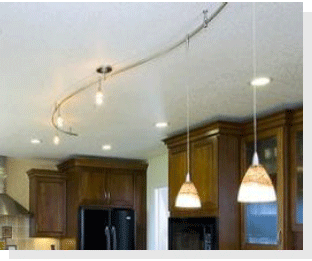
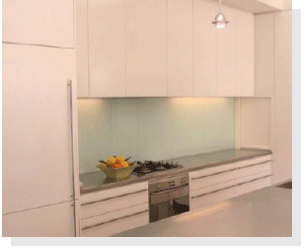
Ambient Lighting
Task Lighting
fixtures. In addition if your upper cabinets are “flush” to the ceiling, make sure the fixture doesn’t interfere with the cabinet door opening and closing. When using under cabinet lighting, it’s best to mount the fixtures as close to the front of the cabinets as possible. Above the sink is another work space where task lighting should be installed. Also, your cooking surface, whether it is a range or a cook top, is typically lit by a light built into the ventilation unit. If this is not the case, you will need to add a light source in this area, as well.
Accent Lighting
Lighting Sources
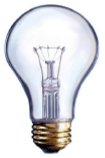
Incandescent Lighting
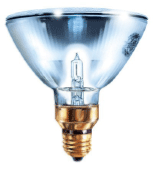
Halogen Lighting
Since the early 1900’s, incan-descent lamps (often referred to as a light bulb) have been the mainstay of home lighting. They offer a warm color and convenience at a low price. Incandescent lamps are the least efficient lighting source because of the high heat which makes them burn out after around 750 hours of use. Even so, they still remain a very popular lighting choice.
Halogen lamps offer greater effi-ciency than incandescent and cast a whiter color. Lamp life ranges between 2,000 and 3,500 hours. They are available in a low-voltage (12v) and standard (120v) voltages. One kind of halogen lamp called a puck light is often used in under cabinet applications. Halogen lighting tends to burn fairly hot, as well.
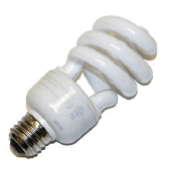
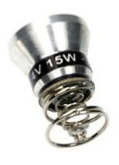
The original fluorescent lamps were very popular in commercial buildings as they offered five times as much light as incandescent for the same amount of power and they lasted much longer. The downside of these was the bluish light color they emitted which was unappealing to the eye. In the 1980’s, the inside coatings were changed to yield a warmer light color. Around the same time, manufacturers created compact fluores-cents which could be screwed into a standard lighting fixture socket. These changes paved the way for fluorescents to be used in residential set-tings.
Fluorescent Lighting
Xenon lamps were originally developed for auto headlights and industrial applications but have now made their way into the resi-dential arena. They are miniature in size with pin bases and do not burn quite as hot as halogens. A big advantage of Xenon lamps is the lamp life which is rated at around 20,000 hours. They have a warmer color than halo-gens but not quite as warm as incandescent.
Xenon Lighting
As you can see, there are many options when choosing countertop surfaces. Some things to consider when making your choice are how much time is spent cooking or baking, ease of cleaning and maintaining, and whether or not it creates the look you are after. It is quite popular to mix and match different surfaces in the same kitchen. This can help when planning your budget by making an area of countertop your focal point, such as using granite on an island and installing laminate in the other areas of the kitchen.
